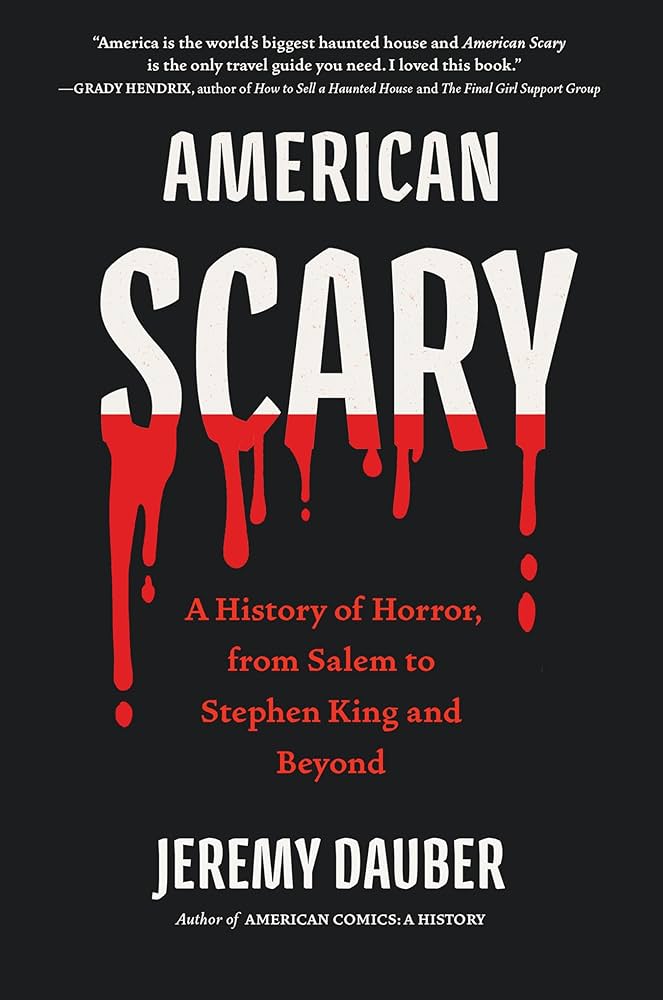American horror places a singular and ambivalent emphasis on the conflicting perils of community and solitude. Edgar Allan Poe, one of America’s most influential early writers, is nevertheless rarely thought of as being notably American. That’s partly because many of his stories have unidentified or vaguely European settings. It may also be because he is the loneliest American writer, down to his forlorn death from still-unknown causes after collapsing in a Baltimore tavern. Poe’s main characters tend to be isolated and brooding, mourning dead maidens, holed up in decrepit mansions. Sometimes, the one person with whom they have any connection is the antagonist on whom they’re perpetrating demented revenge.
For Poe’s contemporary, Nathaniel Hawthorne, by contrast, the wilderness offered characters like Hester Prynne and her daughter, Pearl, a place to live authentically, in a state of nature, away from the unjust constraints of Puritan society. This individualistic fantasy of getting away from it all, of being unfettered by the corrupting demands and restrictions of community, still runs strong through American culture. Like Huck Finn, we long to escape our messes by lighting out for the territory. Poe was a stranger to this dream. His characters get stuck, rot, and go mad. Or worse. Poe’s literary heir, H.P. Lovecraft, once wrote a story, “The Outsider,” whose narrator struggles mightily to get out of the dismal castle where he has lived alone for as long as he can remember. When he finally does, the humans he meets flee from him, screaming, and then he looks into a mirror to see a hideous monster.
Hiding in your garret might be your downfall, but so might making a life in a friendly small town where every year your fellow citizens pick a neighbor to stone to death, as they do in Shirley Jackson’s notorious story, “The Lottery.” On the other hand, in the late 20th century, horror storytellers in many media became obsessed with serial killers, a rare threat but one that actually existed, which made them much scarier than witches or vampires. The serial killer seemed a product of a particularly American form of rootless anonymity, a menace spawned in a world of drifters, hitchhikers, and strangers who picked their victims seemingly at random and were therefore difficult to identify and catch.
